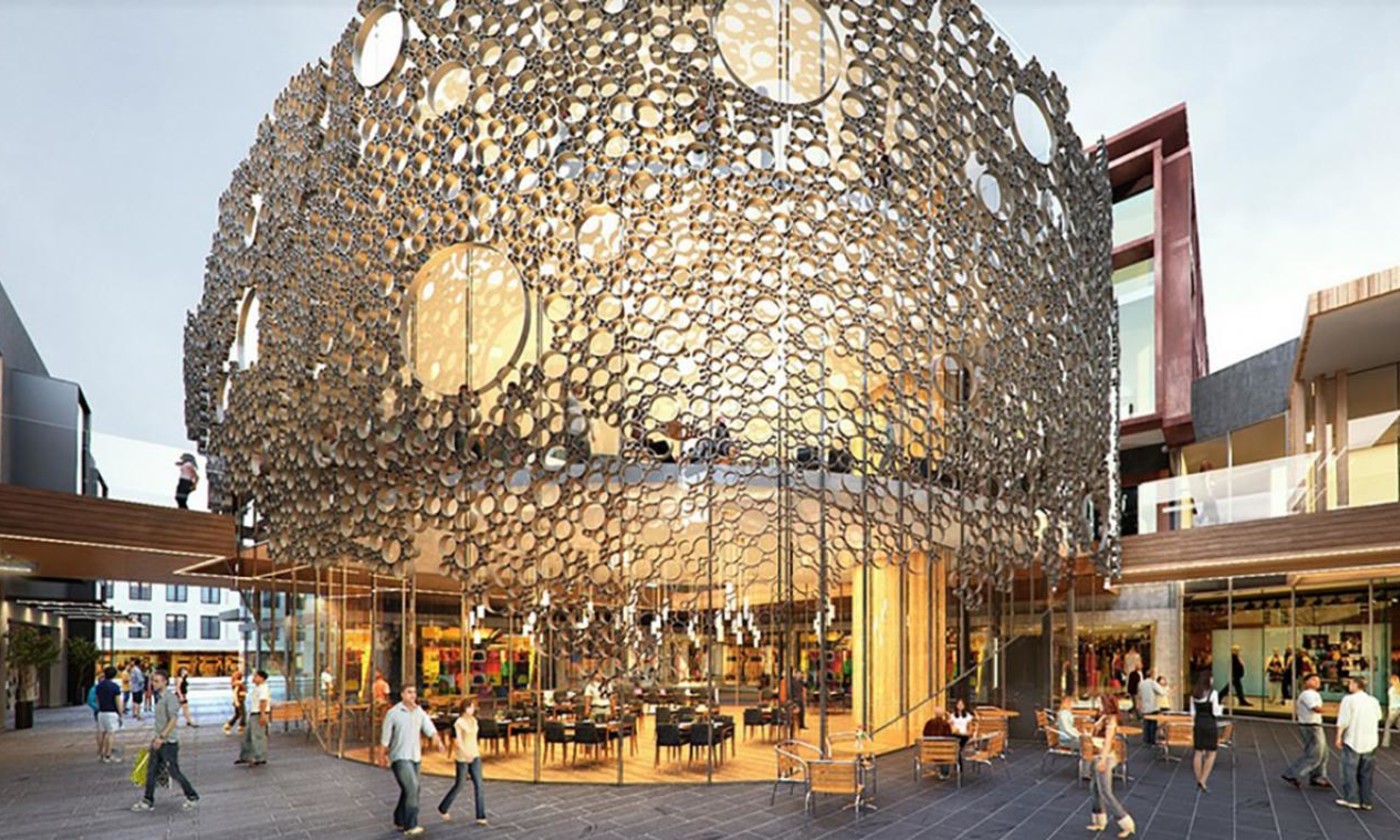For 28 years our focus has always been on enriching the way people live, work and play through architecture.
Style
The Foundations For A Great Townscape
January 2019

In 1961 an Englishman called Gordon Cullen wrote a little book that has become a go-to thesis on good urban design – how to make cities enjoyable places to live and experience through careful attention to design.
The Concise Townscape has been republished many times since, and I first came across it as an architectural student in the 1980s. Through photographs and hand sketches Cullen describes and explains the mix of buildings, streets and open spaces that make up our cities.
The key concept Cullen explained that has always stuck with me is that of 'serial vision'. He says “Although the pedestrian walks through the town at a uniform speed, the scenery of towns is often revealed in a series of jerks or revelations… Our original aim is to manipulate the elements of the town so that an impact on the emotions is achieved. A long straight road has little impact because the initial view is soon digested and becomes monotonous. The human mind reacts to a contrast, to the differences between things, and when two pictures (the street and the courtyard) are in the mind at the same time, a vivid contrast is felt and the town becomes visible in a deeper sense. It comes alive through the drama of juxtaposition.”
People coming together can create enjoyment and pleasure greater than being by yourself. And likewise the grouping of buildings together can create a much richer architecture than one building standing alone in isolation. Add spaces around – tight laneways, wider streets with courtyards and squares varying in size and form – and you have a potential for a great townscape. And this townscape could be old or new. It’s the juxtaposition and variety and order of spaces that is critical.
After the earthquakes I worked with the late Peter Beaven to develop these ideas further, and proposed a development of laneways and small squares defined by buildings that linked Cathedral Square with the Avon River. Peter described the design as “a rich detailed pathway… full of surprise and delightful incident; a Parisian Left Bank idea”. When I pointed out to him it could be described as being on the Right bank of the Avon, he replied in typical style “it all depends on your perception”.
I likened it to walking through the streets of Venice (without the canals) or Florence (without the churches), progressing from narrow laneways to small courtyards and squares with surprises around each corner, and with a final end goal in mind.
It is hard to create a randomness of spaces in a rectangular grid of streets that is Christchurch central city, although our city blocks are relatively large and this does provide opportunities within.
Poplar Lane before the earthquakes came close to achieving what I am talking about. The new BNZ centre tries hard with good connectivity into a central court. The Terrace shows potential but I think we need to wait until it is fully completed before we give a final verdict.
The best built example so far in Christchurch is The Crossing, with its multitude of entrances from streets and through shops and car park, including the first floors. There is interest and surprise around each corner. While it is small enough not to get lost, it is also “random” enough with an everchanging scene that impacts on the emotion, holds your attention, creates anticipation, and surprises you, even on your next visit. Whichever way you approach it, upon entry there is no obvious way out. Lessons of Venice have been learnt and expressed here.
While there is always a place for the grand straight gesture such as the Champs Elysees in Paris, the great views to “infinity” from the Palace of Versailles, and the important axis of Christchurch’s Worcester Boulevard from the Cathedral to the museum, there is also a strong need in our central city for the experiences gained and emotions created by the careful manipulation of changing spaces as we walk through and experience our townscape.
I hope to see more variety of streets, laneways and squares resulting in everchanging drama as the city continues to develop.
Style.co.nz
Page 38
